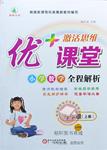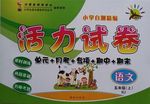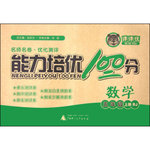题目内容
-Which hotel are you in?
-I_________ in a hotel. A friend I met on the train from the south __________ to put me up for a couple of nights.
A. haven’t stayed; has offered B.am not staying; offered
C. am not staying; is offering D. do not stay; offers
B

练习册系列答案
 激活思维优加课堂系列答案
激活思维优加课堂系列答案 活力试卷系列答案
活力试卷系列答案 课课优能力培优100分系列答案
课课优能力培优100分系列答案
相关题目